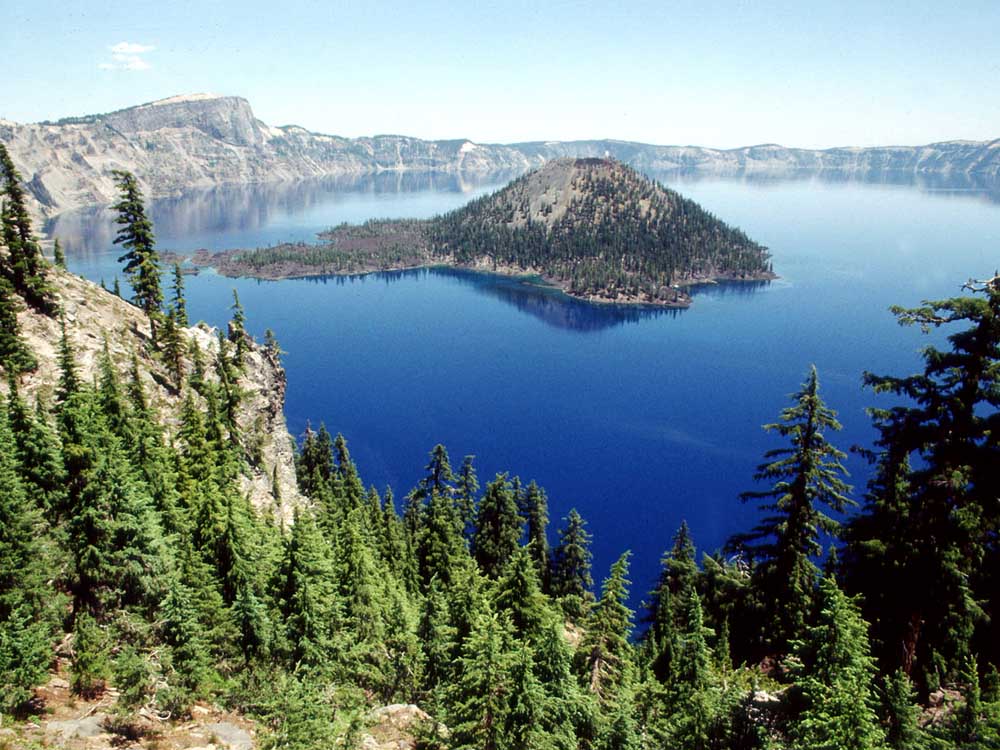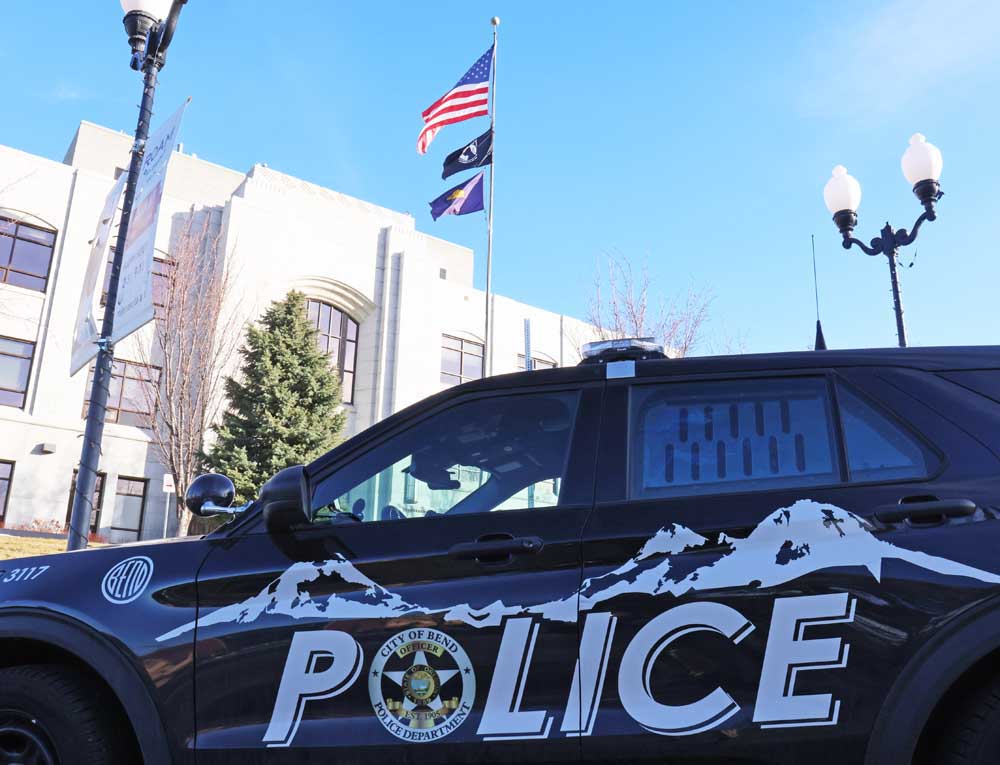Smoke keeps visitors away from Crater Lake
Published 12:00 am Sunday, September 16, 2018

- Crater Lake National Park is Oregon’s only national park.(Bulletin file photo)
Smoke from wildfires has caused problems across Oregon this summer, canceling events and forcing residents indoors. Oregon’s only national park was not immune to the effects.
For the second consecutive year, Crater Lake National Park has seen its attendance decline during the peak visitor months of summer. Through August, 548,099 people entered the park, according to the National Parks Service. The total is more than 8 percent lower than the number that visited during the same period last year, and 9.2 percent lower than the total visitor count through August 2016, when visitation peaked at 603,790 people during the first two-thirds of the year.
Trending
Park Superintendent Craig Ackerman placed the blame on wildfires — inside the park and out — for suppressing the number of visitors during July and August, traditionally the park’s two busiest months.
While the amount of smoke varied depending on the direction of the wind, Ackerman said there were days when smoke reached levels well into the range considered hazardous to breathe by the Oregon Department of Environmental Quality, making it difficult for visitors to view the iconic lake.
“We had some days where you could not see Wizard Island standing on the rim above it,” Ackerman said of the lake’s most prominent feature.
Due to very low snow totals last winter, Ackerman said the 183,000-acre park, which is home to the deepest lake in the United States, was able to fully open earlier than usual in 2018, and was ahead of its 2017 visitor totals until mid-July.
A thunderstorm swept across the region on July 15, starting more than a dozen fires inside the 183,000-acre national park with lightning strikes.
While Ackerman said park staff were able to quickly contain most of the small fires, the Timber Crater 6 Fire, in the park’s remote northeastern corner, grew quickly enough that the park needed to bring in an outside team of firefighters. The fire ultimately grew to more than 3,100 acres, and required 700 people to eventually contain it.
Trending
While the Timber Crater 6 Fire was contained before it could reach some of the more popular parts of the park, Ackerman said it left the park shrouded in thick smoke.
He added that national stories and exaggerations on social media fanned the flames of opinion, making people believe that the fires in the area were more severe than they were.
“We got dozens, scores of inquiries from people asking if their lives would be in danger,” Ackerman said.
The park received smoke from a number of large fires burning in the Rogue Valley, he said. Fires burning near the Oregon-California border left much of Southern Oregon breathing unhealthy air since late July, and Crater Lake was no exception.
All told, visitation in July dropped more than 22 percent compared to the prior July, and visitation in August was down nearly 17 percent, according to the National Parks Service.
Ackerman noted the park sees a growing number of international visitors from countries like India and China, who are less able to change their plans when there is smoke in the area. He said this meant the park saw less dramatic declines than many other summer events in Southern Oregon, which rely more on a regional audience.
Still, Ackerman said overnight visitors from Northern California, Washington and other parts of Oregon made other plans or canceled their reservations, leaving the park’s lodge with unfilled rooms on normally busy summer weekends.
The challenges trickled down to other parts of Klamath County’s tourism economy, which relies heavily on Crater Lake. Raena Rodgers, marketing manager for Discover Klamath Visitor and Convention Bureau, which promotes tourism in the Southern Oregon county, estimated that occupancy rates at local hotels in the county were down 10 percent to 15 percent in July and August because of the smoke.
Ackerman acknowledged the park’s wildfire season has gotten longer in recent years. While low snow totals make it easier for the park to open earlier in the year, it also dries out vegetation in the park earlier, making the area more prone to fires.
“We had fuel moistures in June that we typically don’t see until August,” Ackerman said.
Still, there are reasons for optimism, at least this year. Ackerman said the smoke began to dissipate at the park by late August, and cleared up significantly during Labor Day weekend, when the park saw a huge, if belated, turnout.
“We had literally the busiest Labor Day in anyone’s memory,” Ackerman said.
— Reporter: 541-617-7818, shamway@bendbulletin.com








